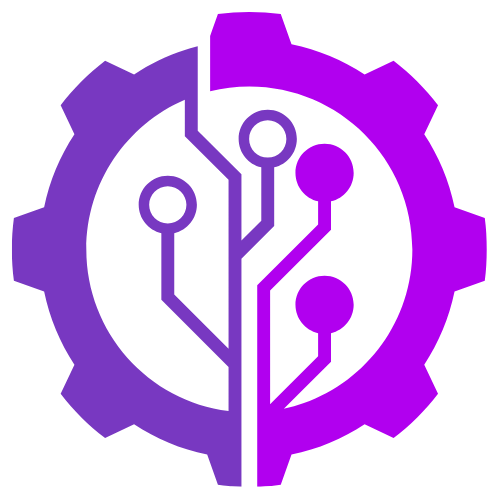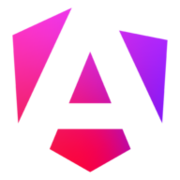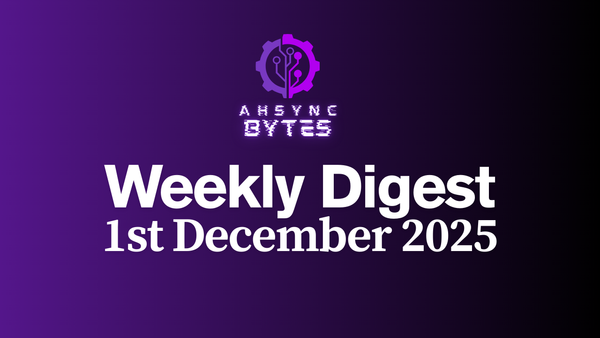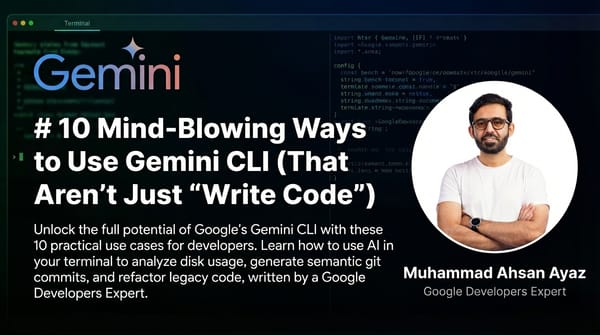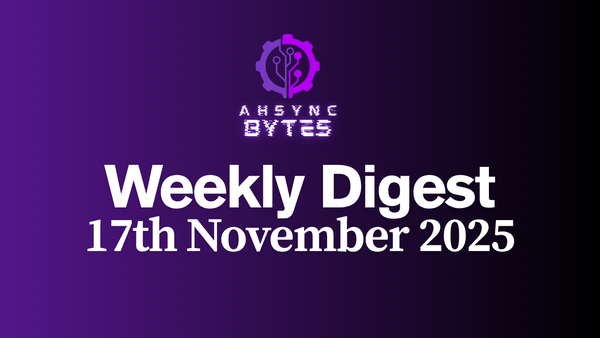AHSYNC BYTES - Weekly Digest (20th Oct, 2025)
From Google’s Coral NPU to Meta’s billion-dollar AI recruitment, innovation this week is driven by intelligence at the edge. Angular’s SSR improvements, accessibility insights, and developer showcases reflect a maturing ecosystem focused on smarter, inclusive digital experiences.
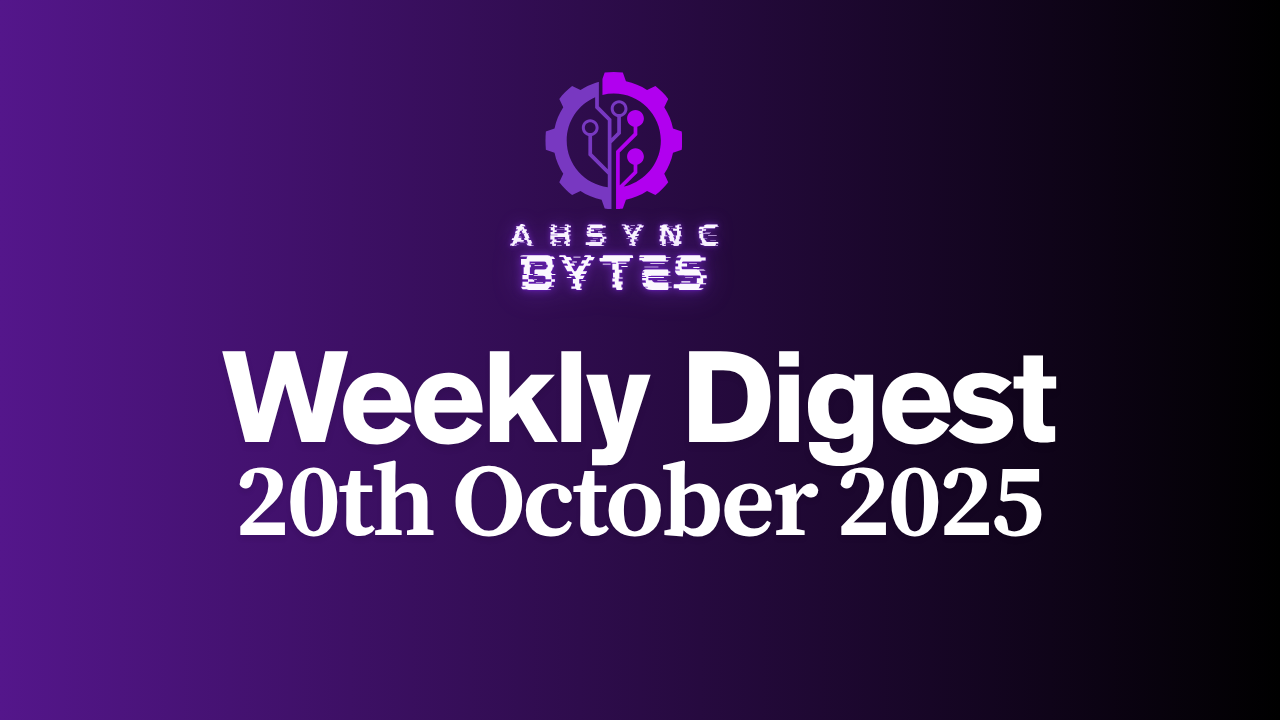
The tech landscape evolves at lightning speed and we're here to keep you in sync. Welcome to this week's tech digest: a smart, streamlined roundup of the top trends in frontend development, AI breakthroughs, and essential Angular insights. Let’s keep you ahead of the curve.
🤖 AI & Machine Learning
Google’s New Coral NPU: A Full-Stack Platform for Edge AI
Google introduced Coral NPU, a full-stack platform that builds on Google’s original work from Coral to provide hardware designers and ML developers with the tools needed to build the next generation of private, efficient edge AI devices. Co-designed in partnership with Google Research and Google DeepMind, Coral NPU is an AI-first hardware architecture built to enable the next generation of ultra-low-power, always-on edge AI.
It offers a unified developer experience, making it easier to deploy applications like ambient sensing. It's specifically designed to enable all-day AI on wearable devices while minimizing battery usage and being configurable for higher performance use cases. Google has released documentation and tools so that developers and designers can start building today.
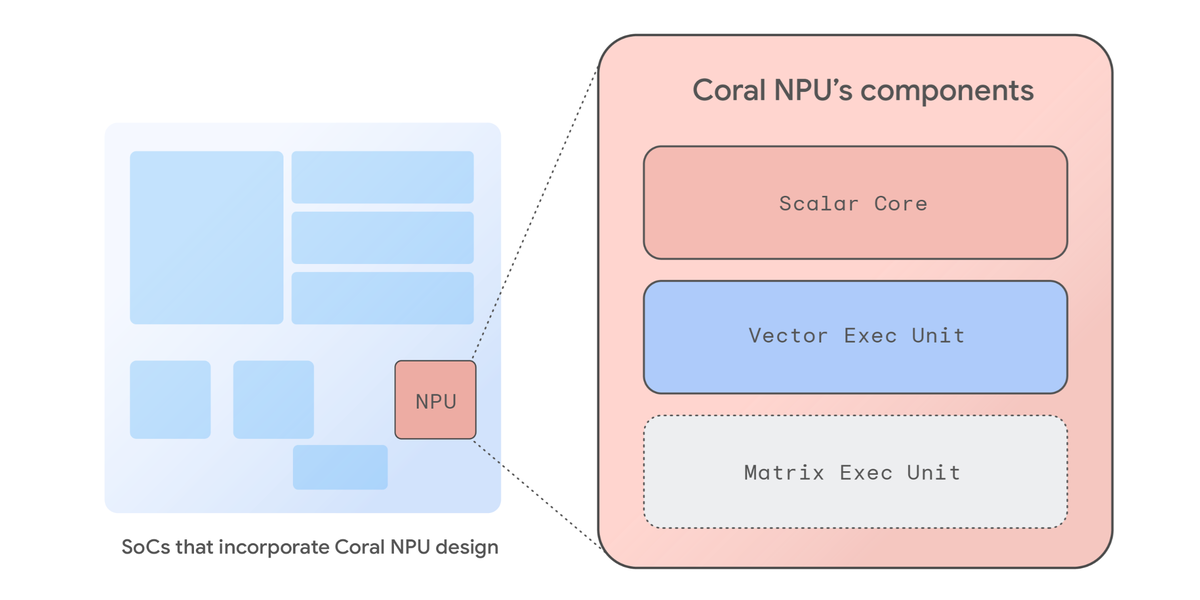
Bringing Gemini Intelligence to Google Home APIs
The smart home is rapidly evolving into an intuitive ecosystem to make life easier, and its next era will be powered by Gemini and the Home APIs. This isn't just about connected devices; it's about creating effortless experiences.
With the Home APIs, Google’s goal has been to empower all developers to build innovative devices and experiences for the home. Now, with Gemini in the Home APIs, Google is bringing the best of Google's AI directly to you, moving beyond simple device control to create an effortless smart home that truly understands, adapts, and responds to your users' needs.
At Google I/O 2024, Google announced the Home APIs, providing app developers with access to over 600M devices. Google’s ecosystem has grown even more to over 750M devices that developers now have access to along with Google's hubs and Matter infrastructure, and an automation engine powered by Google intelligence.
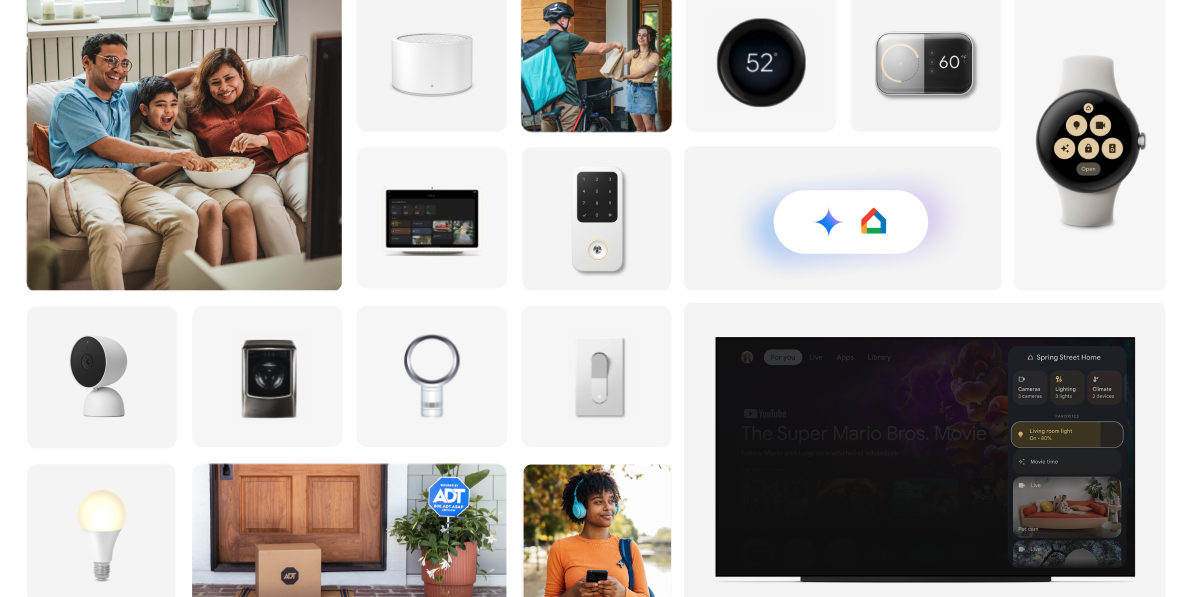
The $1.5 Billion Engineer: Meta’s Latest Hire Highlights AI Talent War
Meta has poached Andrew Tulloch, co‑founder of the startup Thinking Machines Lab, with a compensation package rumored to reach $1.5 billion over six years. The move underscores Meta’s aggressive strategy to close the AI gap with OpenAI, Google, and Anthropic by acquiring top talent rather than just technology.
Tulloch’s transition comes after Meta unsuccessfully attempted to acquire his company outright, following similar offers to other engineers. Industry analysts see this as part of an escalating “arms race” over elite AI researchers, whose skills are increasingly viewed as more critical than compute power or datasets.

🚀 Angular
10 Angular App Examples to Inspire Your Next Project
The best way to understand Angular’s strengths is to look at how it is applied in the real world. That’s why this article features a diverse selection of 10 Angular app examples that showcase the framework’s versatility. My choice comprises basic and advanced apps that can serve as inspiration, a hands-on learning experience, or a quick start to test each sample Angular application built with Ignite UI for Angular and adjust it to your use case.
So, here we go.
Across industries, developers have built a wide range of applications, including enterprise CRMs, interactive dashboards, e-commerce apps, and learning platforms, and a significant portion of these are powered by the robust ecosystem of Angular and various comprehensive libraries, such as Ignite UI for Angular. All the Angular app examples listed in this given article, highlight a different type of project, what makes it unique, and how Angular’s features drive its success.
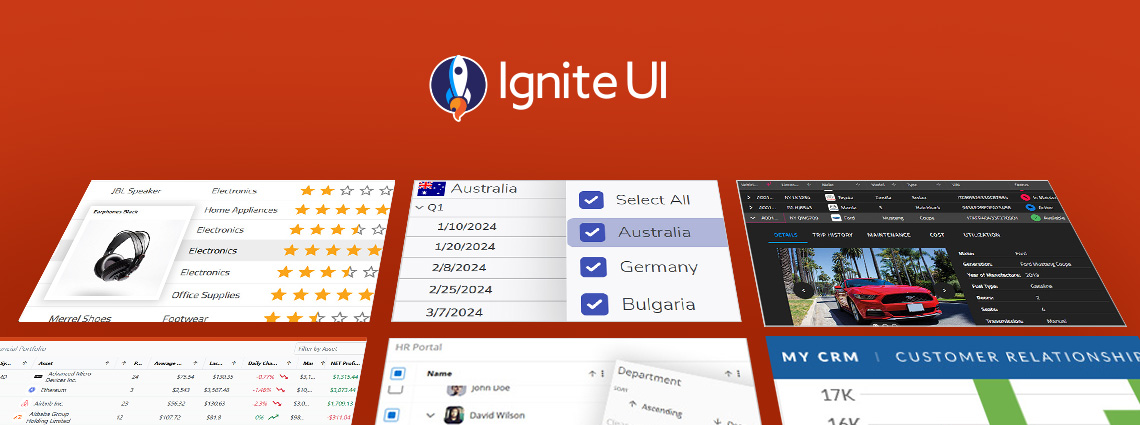
Angular SSR – everything you need to know
Server-side rendering (SSR) is gaining an increasingly significant foothold in the ever-evolving front-end landscape. Most frameworks now offer their own SSR-oriented meta variants – such as Next.js for React, Nuxt for Vue, and SvelteKit for Svelte. The Angular community has developed Analog.js to fill that gap but native solution was somewhat left behind for a time.
However, recent versions indicate that the Angular team has renewed its focus on this area, introducing new features, better performance, and more advanced capabilities. SSR can be a powerful addition to your toolkit, so let’s dive in and explore how it works with Angular.
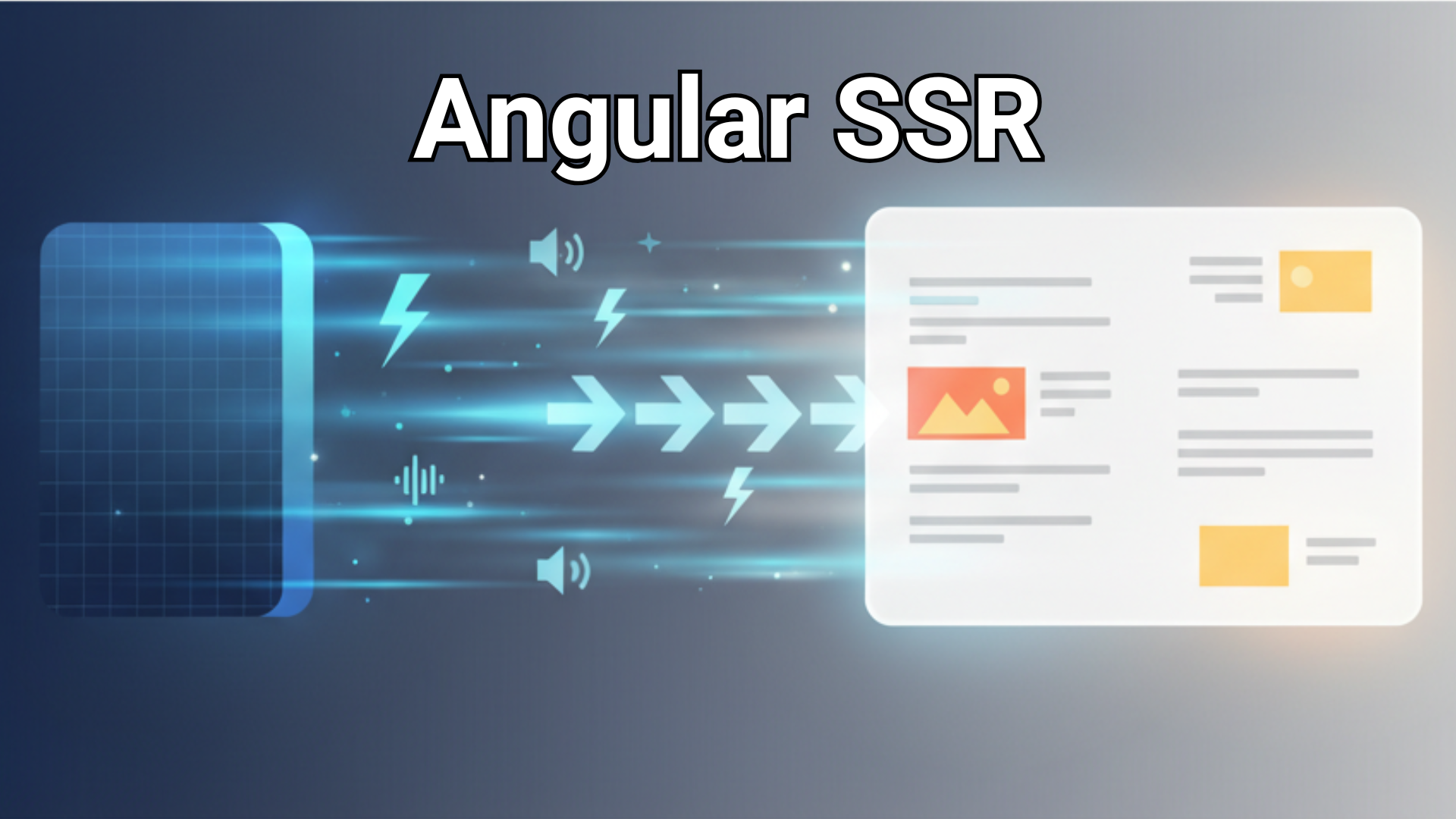
Case Study: Building an Accessible Variant Selector
Web accessibility, though frequently disregarded, offers universal advantages. This article examines a standard tile-based variant selector, initially developed with minimal resistance, highlights its shortcomings, and demonstrates how to enhance its accessibility for all users.
<div class="primary-button" (click)="onClick()"> Click me! </div>
Building accessible experiences hinges on the proper use of semantic HTML elements. This might seem like a minor detail, especially since Angular’s event binding works with any HTML tag and CSS can be used to achieve the desired visual design. However, the importance of semantic HTML extends beyond these considerations.
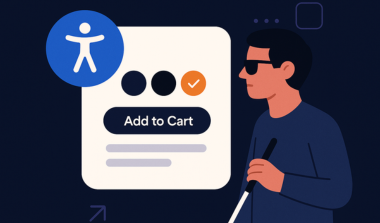
Upcoming Events
- NG-DE Berlin 2025: November 5-7, 2025, Hotel Orderberger (GLS Campus Berlin)
- NG Poland 2025: November 18 2025, 10th Edition
- Angular Day: will be held in 2026, Get notified yourself!

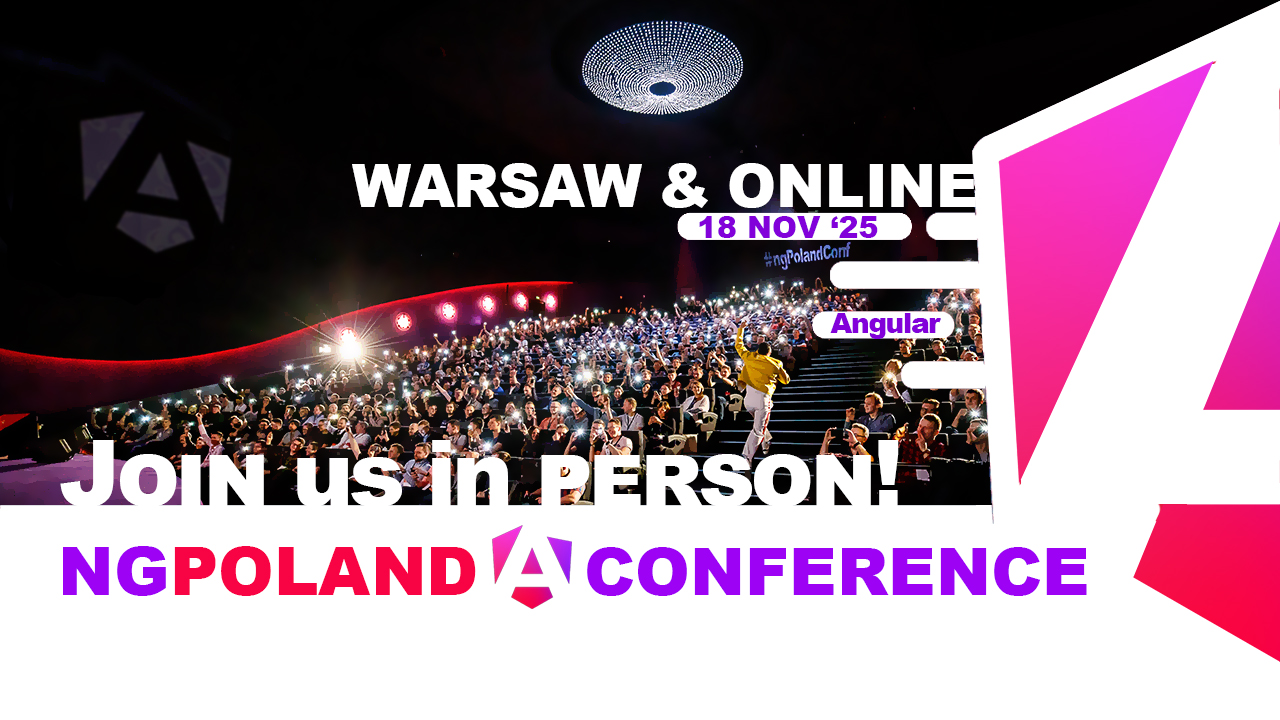
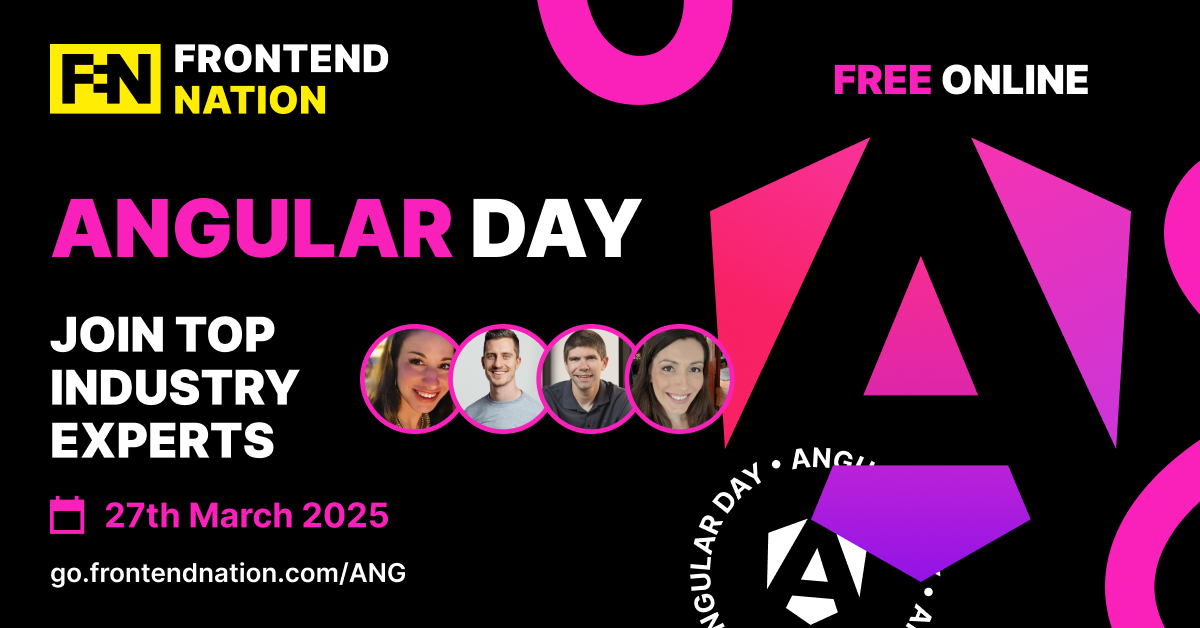
🌐 Web & Frontend
Build an AI-powered Smart Grocery App in 70 minutes with Angular & Genkit
I bet you're tired of forgetting items at the grocery store, just like me. And that's not fun ;)
In this comprehensive, step-by-step tutorial, we'll build a "Smart Grocery Assistant" from scratch using the latest features of Angular 20 and Google's Genkit (AI) framework.
You will learn how to leverage Angular Signals for state management, the new built-in control flow syntax (@if, @for), and the powerful (yet under-discussed) httpResource for efficient data fetching. We'll integrate Google's Gemini 2.5 Flash model via Vertex AI and Genkit to create an intelligent assistant that provides smart grocery suggestions based on your shopping list.
Angular Datepicker v1.3.6: Popovers, Smooth Transitions, and a Pluggable Holiday System!
We've just rolled out a major feature upgrade for our Angular datepicker component, ngxsmk-datepicker, focusing heavily on delivering a cleaner user experience and powerful new extensibility points.
If you're building a business application, booking system, or any tool that needs advanced date handling, this update is for you.
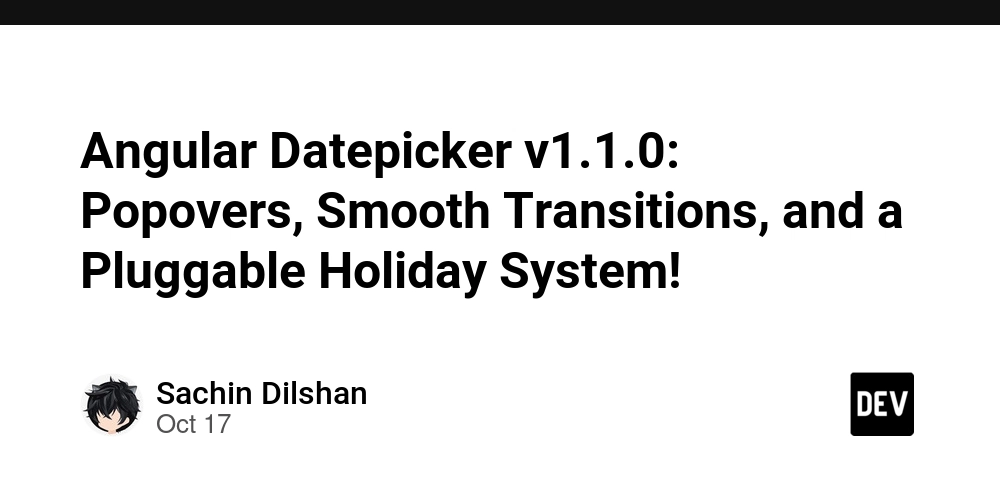
How to create an Angular Library with Tailwind CSS | The Ultimate Guide
Have you ever tried to build an Angular component library with Tailwind CSS, only to run into issues with ng-packagr? In this comprehensive tutorial, we solve that exact problem by creating a robust, two-phase build process.
Learn how to create a self-contained Angular library where Tailwind CSS is pre-compiled and bundled directly into your package. This allows other developers to use your components with a simple 'drag and drop' experience, without needing to install or configure Tailwind CSS in their own projects!
Upcoming Events
- TechCrunch Disrupt 2025: October 27 – 29, 2025 - Premier startup showcase and competitio
- IT Nation Connect Global: November 5, 2025 - in Orlando USA
- AWS re:Invent 2025: December 1 – 5, 2025 - Global cloud computing conference
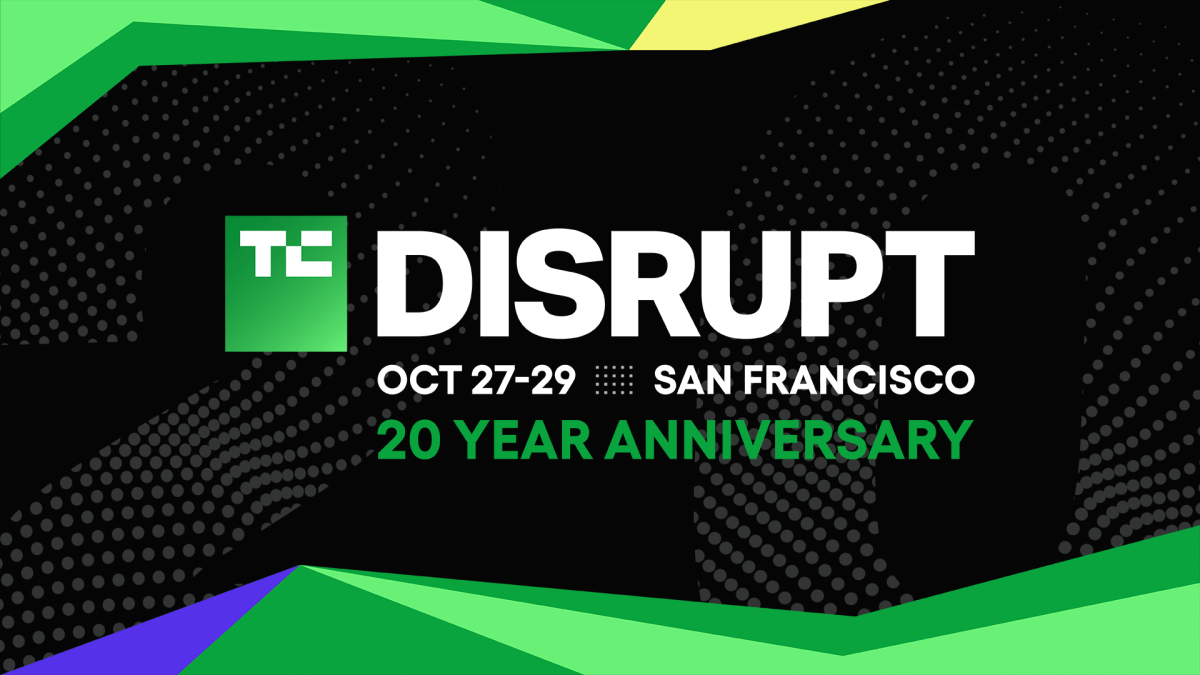
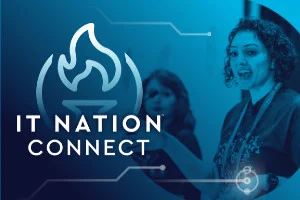

💡 Bottom Line Up Front
The tech world continues to blur the lines between innovation and accessibility. This week’s digest highlights Google’s push into edge AI with Coral NPU and Gemini’s expansion into smart home ecosystems — both signaling a shift toward AI experiences that are faster, more private, and more personal.
Meanwhile, Angular’s ecosystem gains renewed momentum with stronger SSR capabilities, deeper accessibility insights, and creative app showcases that prove its adaptability. From AI-driven development to front-end precision, the trends this week emphasize one theme — building smarter, more human-centered technology.
I hope you find these helpful. If you do, please share our blog with others so they can join our amazing community on Discord (link below)
Don't miss out – join our awesome community to grow as a tech enthusiast, and to help others grow.
As always, Happy coding ❤️
